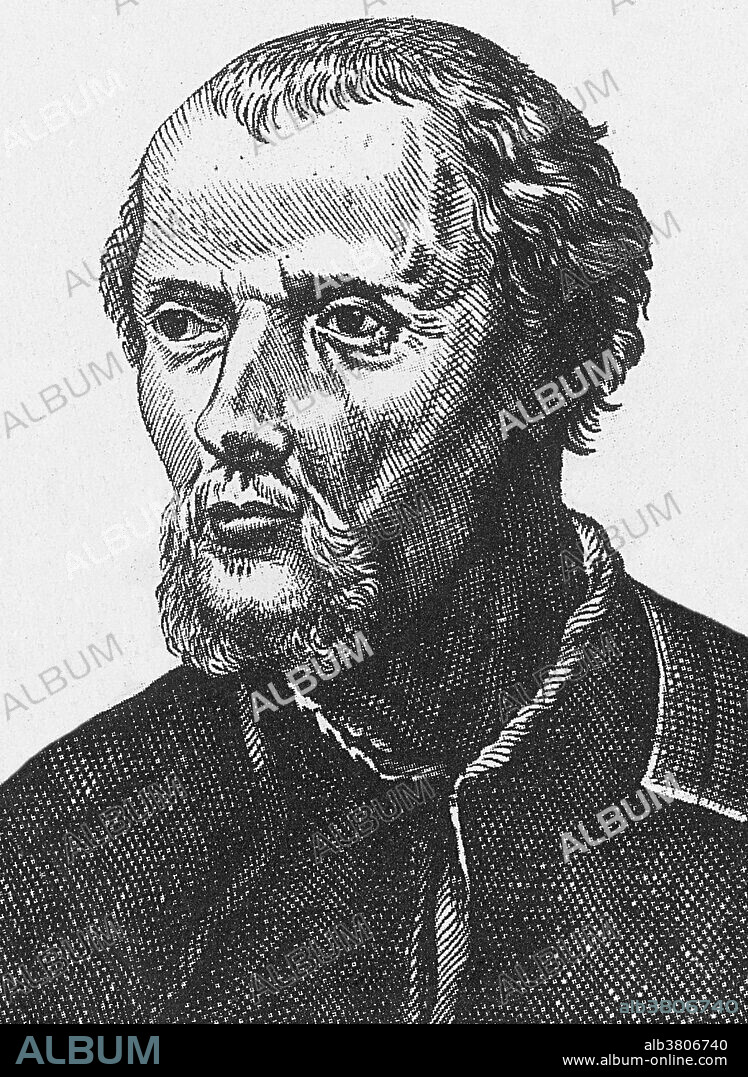alb3806740
Paracelsus, Swiss Polymath

|
Zu einem anderen Lightbox hinzufügen |
|
Zu einem anderen Lightbox hinzufügen |



Haben Sie bereits ein Konto? Anmelden
Sie haben kein Konto? Registrieren
Dieses Bild kaufen

Titel:
Paracelsus, Swiss Polymath
Untertitel:
Siehe automatische Übersetzung
Paracelsus (Philippus Aureolus Theophrastus Bombastus von Hohenheim, November 11 or December 17, 1493 - September 24, 1541) was a Swiss Renaissance physician, botanist, alchemist, astrologer, and general occultist. His motto was "Let no man belong to another who can belong to himself." He held a natural affinity with the Hermetic, Neoplatonic, and Pythagorean philosophies central to the Renaissance. He devoted several sections of his writings to the construction of astrological talismans for curing disease, providing talismans for various maladies as well as talismans for each sign of the Zodiac. He pioneered the use of chemicals and minerals in medicine. He wandered Europe, Africa and Asia Minor, in the pursuit of hidden knowledge. He revised old manuscripts and wrote new ones. He died in 1541, at the age of 48, of natural causes. The movement of Paracelsianism was seized upon by many wishing to subvert the traditional Galenic physics, and his therapies became more widely known and used.
Bildnachweis:
Album / Science Source / New York Public Library
Freigaben (Releases):
Model: Nein - Eigentum: Nein
Rechtefragen?
Rechtefragen?
Bildgröße:
2691 x 3684 px | 28.4 MB
Druckgröße:
22.8 x 31.2 cm | 9.0 x 12.3 in (300 dpi)
Schlüsselwörter:
16. JAHRHUNDERT • 16. JH. • ASTROLOGE • BERÜHMT • BERÜHMTE PERSÖNLICHKEIT • EUROPAEER (F M) • EUROPAEER • EUROPÄER (F M) • EUROPÄER • EUROPÄISCH • ILLUSTRATION • ILLUSTRATIONS • MANN • NOTABEL • PERSON • PERSöNLICHKEITEN • PERSÖNLICHKEITEN • PROMINENZ
 Pinterest
Pinterest Twitter
Twitter Facebook
Facebook Link kopieren
Link kopieren Email
Email
